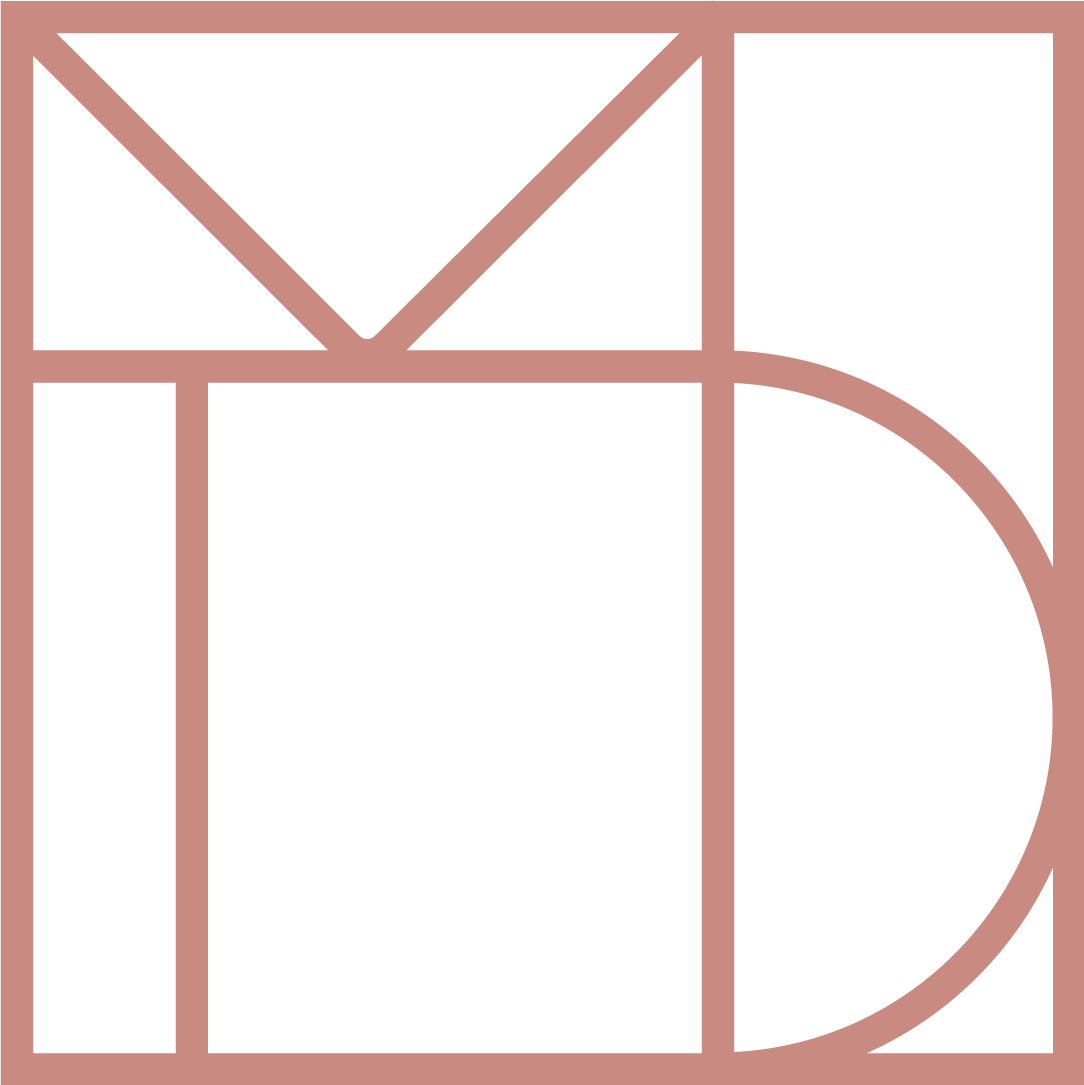A revision facelift is a surgical procedure designed to enhance the results of a previous facelift. Dr. Artur Fahradyan performs this surgery to address concerns that may have arisen post-surgery, enhance the results of the primary procedure, or rejuvenate the patient’s face after natural age-related changes. The goal is to refine and optimize your facial contours.
Revision Facelift
Revise & Refine Your Facial Contours
A revision facelift is a specialized cosmetic surgery aimed at revising and refining the outcomes of a previous facelift. It’s intended to address issues that may have emerged or persisted since the initial procedure, such as sagging, asymmetry, or scarring. By revising and fine-tuning the previous work, a revision facelift creates a more harmonious and youthful facial appearance, helping you achieve your desired aesthetic outcome.

Goals of Revision Facelifts:
- Correcting any postoperative asymmetry
- Addressing persistent signs of aging
- Improving facial harmony and balance
- Refining the results of a previous facelift
- Minimizing visible scarring
- Enhancing overall facial aesthetics
- Correcting aesthetic concerns arising from a previous facelift
- Fixing complications arising from the initial procedure
Revision Facelift Preparation Guidelines:
- Undergo a thorough medical evaluation to ensure you are a suitable candidate.
- Clearly communicate your goals and expectations with Dr. Fahradyan.
- Provide your complete medical history, including prior surgeries and medications.
- If you smoke, quit several weeks before the procedure to enhance healing.
- Discuss any medications, supplements, or herbs you’re taking with Dr. Fahradyan.
- Follow dietary restrictions as recommended by your surgeon.
- Plan for someone to drive you home after surgery.
- Arrange for a responsible adult to assist you during the initial recovery phase.
- Set up a comfortable and restful recovery area at home.
- Discontinue blood-thinning medications as directed by your surgeon.
- Stay well-hydrated in the days leading up to the procedure.
- Wear comfortable, loose-fitting clothing on the day of surgery.
Revision Facelift Aftercare Guidelines:
- Ensure you get plenty of rest and sleep in the initial days following surgery.
- Keep your head elevated while sleeping to reduce swelling.
- Take prescribed pain medications and follow your surgeon’s recommendations.
- Apply cold compresses as directed to reduce swelling and bruising.
- Keep a close eye on incisions for signs of infection or complications.
- Drink plenty of water to aid in the healing process.
- Refrain from strenuous exercise and activities for the specified recovery period.
- Take prescribed medications and antibiotics as directed.
- Protect your skin from direct sunlight and use sunscreen if necessary.
- Follow scar care instructions, which may include gentle massage or topical treatments.
- Attend all scheduled follow-up appointments with your surgeon.
- Gradually resume daily activities as advised by your surgeon.

Revision Facelift FAQs
How does revision facelift work?
Revision facelifts revise the alterations made during a prior facelift surgery. During the procedure, a skilled plastic surgeon repositions and tightens the underlying facial muscles and tissues, focusing on areas with signs of sagging or laxity post-surgery. They may also redistribute or remove excess fat to achieve a more balanced and youthful contour. The ultimate goal of a revision facelift is to restore a natural, refreshed appearance.
How does a revision facelift differ from a primary facelift?
A revision facelift is more complex than a primary facelift as it involves revisiting and revising the initial surgical alterations. It addresses unique challenges, such as dealing with scar tissue and adjusting the previous work to achieve better results.
Is a revision facelift riskier than a primary facelift?
While revision facelifts can be more challenging due to the altered anatomy from previous surgery, Dr. Fahradyan is experienced in managing these complexities. With proper preoperative assessment and planning, the risks can be reduced.
What are common issues that can be addressed with a revision facelift?
A revision facelift can address various concerns, including sagging of facial tissues, asymmetry, scarring, and persistent signs of aging that were not addressed in the primary facelift.
What is the typical recovery time for a revision facelift?
The typical recovery time for a revision facelift varies from person to person but generally involves an initial downtime of 2-4 weeks. During this period, patients may experience swelling and bruising, which will gradually subside. Most individuals can return to work and regular activities within this timeframe. Full results may take several months to become apparent.
Will there be visible scars after a revision facelift?
Dr. Fahradyan aims to minimize visible scarring by using precise incision techniques and strategic placement. He makes strategic incisions along the hairline, behind the ears, under the chin, or in similarly discreet locations. Furthermore, he provides guidance on scar care to help the incision marks fade over time.

Why Choose Dr. Artur Fahradyan?
Dr. Artur Fahradyan is a plastic surgeon board-certified by the American Board of Plastic Surgery, known for his commitment to patient care. With a residency in plastic and reconstructive surgery from the University of Southern California, he brings a wealth of knowledge and skill to every procedure. What sets Dr. Fahradyan apart is his personalized approach, recognizing that each individual is unique and deserving of a tailored experience. If you want exceptional results at the hands of a compassionate surgeon, schedule a consultation with Dr. Fahradyan today.
